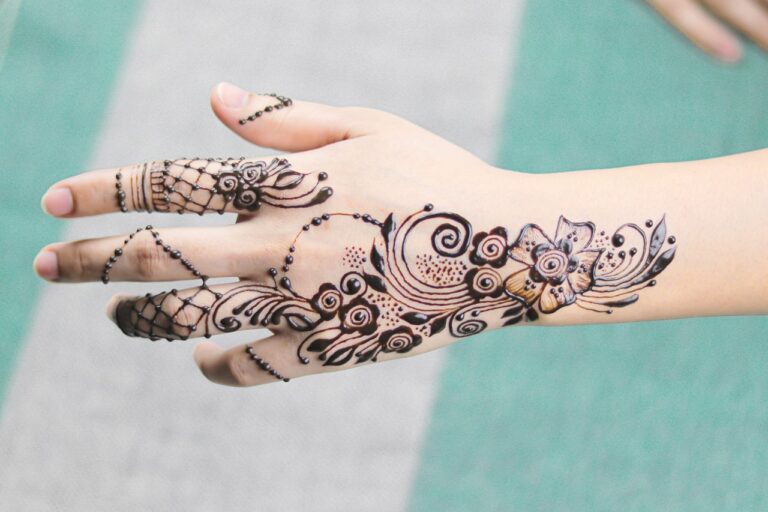Fashion and Architecture: Exploring the Intersection of Design Disciplines
Fashion and architecture share a common ground in their focus on design and aesthetics. Both disciplines rely on innovative thinking to create visually appealing and functional spaces. Just as fashion designers meticulously plan each garment’s details, architects carefully consider every aspect of a building’s structure.
Furthermore, both fashion and architecture are influenced by cultural and societal trends. They reflect the values, beliefs, and preferences of a particular time period. Whether it be through the use of specific materials or design elements, both fashion and architecture serve as reflections of the world around us, capturing the spirit of the times in which they were created.
• Fashion and architecture both emphasize design and aesthetics
• Innovative thinking is crucial in both disciplines to create visually appealing and functional spaces
• Attention to detail is a key aspect in fashion design as well as architectural planning
• Cultural and societal trends influence both fashion and architecture
• Both disciplines serve as reflections of the values, beliefs, and preferences of a particular time period
Historical Influences on Fashion and Architecture
Fashion and architecture are intricately linked, drawing inspiration from historical influences that have shaped their evolution over time. The ancient civilizations, such as the Greeks and Romans, laid the foundation for both fields with their emphasis on symmetry, proportion, and grandeur. This can be seen in the use of columns in architecture and draping techniques in fashion, reflecting the ideals of beauty and harmony that were prevalent during that era.
During the Renaissance period, both fashion and architecture experienced a revival of classical styles, incorporating elements of ancient Greek and Roman design. This period marked a shift towards more realistic and human-centered art forms, influencing the way buildings were constructed and how clothing was tailored. The intricate details and ornate decorations seen in buildings like the St. Peter’s Basilica in Rome were echoed in the elaborate embroidery and embellishments found in garments of that time.
Modern Trends in Fashion and Architecture
The modern trends in fashion are characterized by a blend of minimalism and sustainability. Designers are increasingly focusing on creating pieces that are not only aesthetically pleasing but also eco-friendly. This shift towards more sustainable practices is reflected in the use of organic materials, upcycling techniques, and ethical production methods.
Similarly, in architecture, there is a growing emphasis on sustainable design principles. Architects are incorporating energy-efficient technologies, green building materials, and biophilic design elements into their projects. The rise of eco-conscious architecture signifies a shift towards creating spaces that not only look good but also prioritize the well-being of the environment and its inhabitants.
What are some key similarities between fashion and architecture?
Both fashion and architecture involve creativity, design, and the use of materials to create a visually appealing end product. They also both reflect the cultural and societal trends of the time.
How have historical influences shaped fashion and architecture?
Historical events, movements, and styles have all played a significant role in shaping both fashion and architecture. For example, the Art Deco movement of the 1920s influenced both industries with its geometric shapes and bold colors.
What are some modern trends in fashion and architecture?
In fashion, some modern trends include sustainable and ethical practices, gender-neutral clothing, and a focus on comfort and practicality. In architecture, modern trends include sustainable design, smart technology integration, and a focus on creating adaptable spaces for changing needs.







